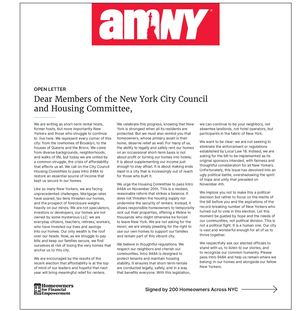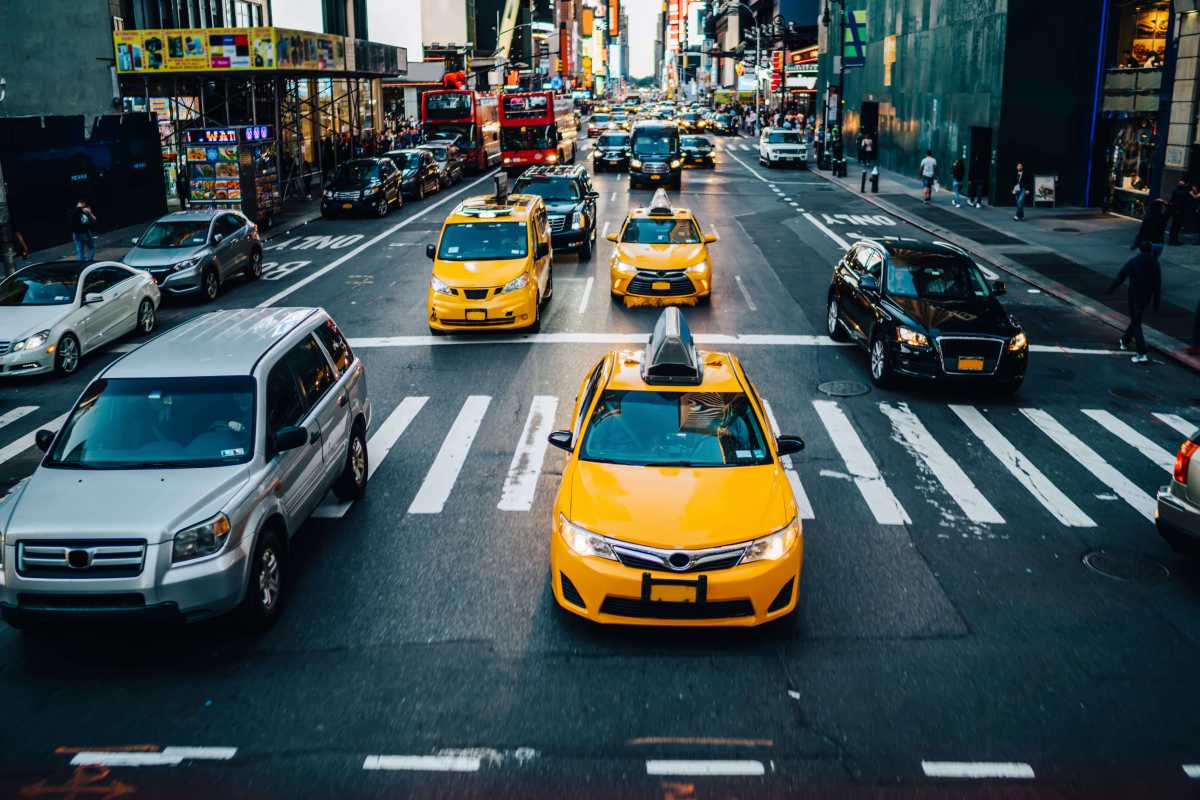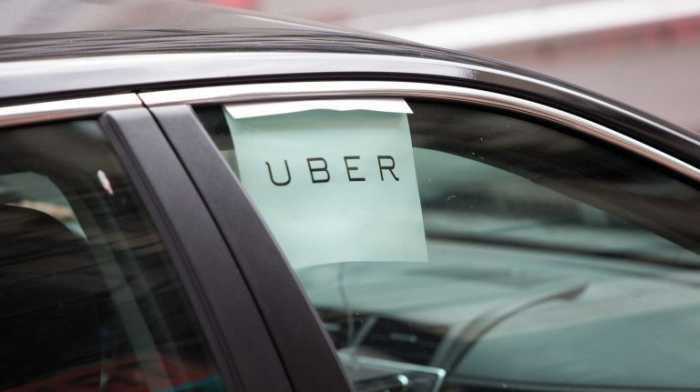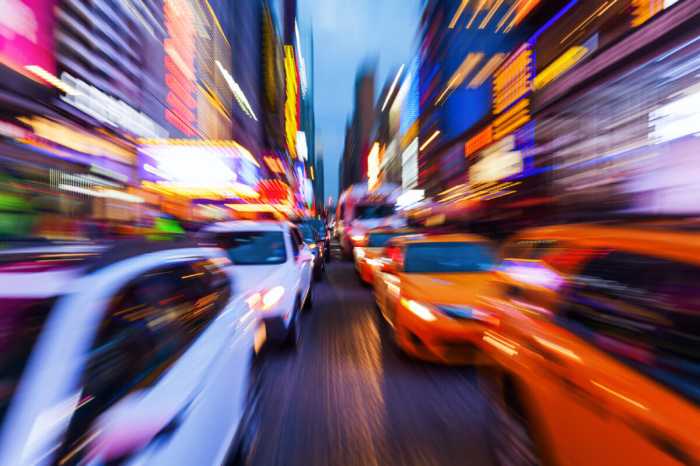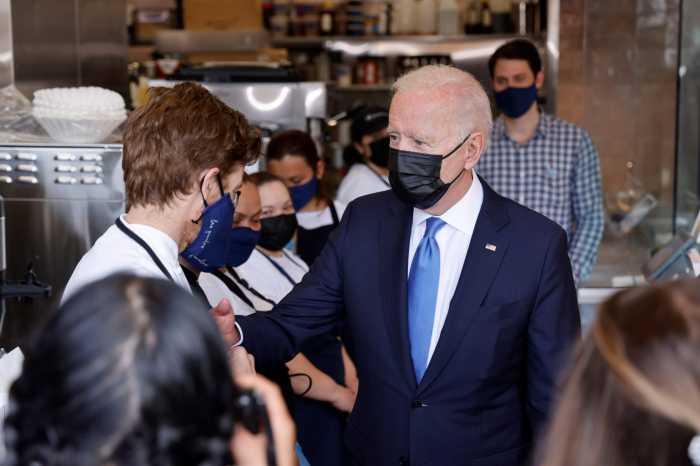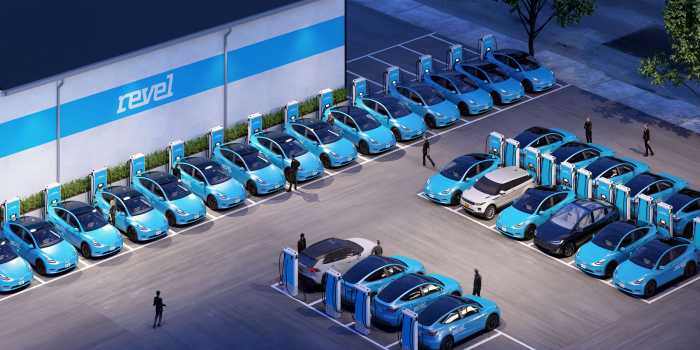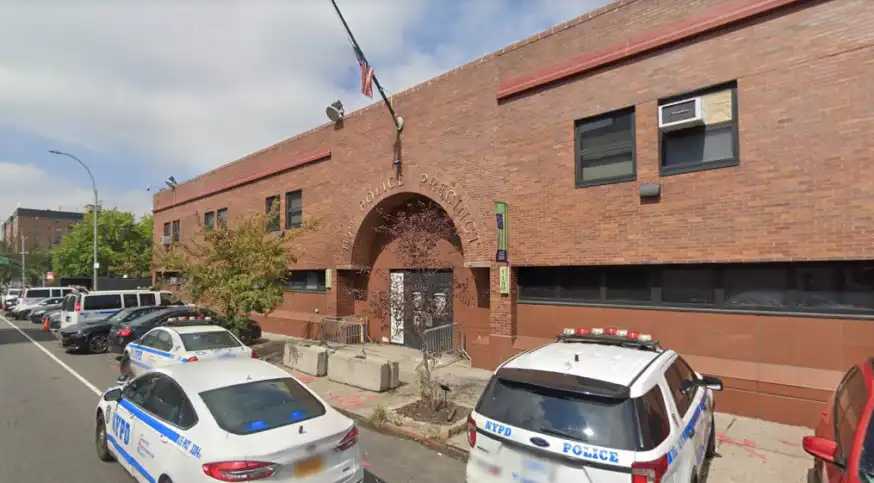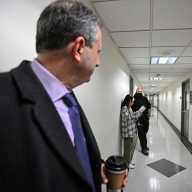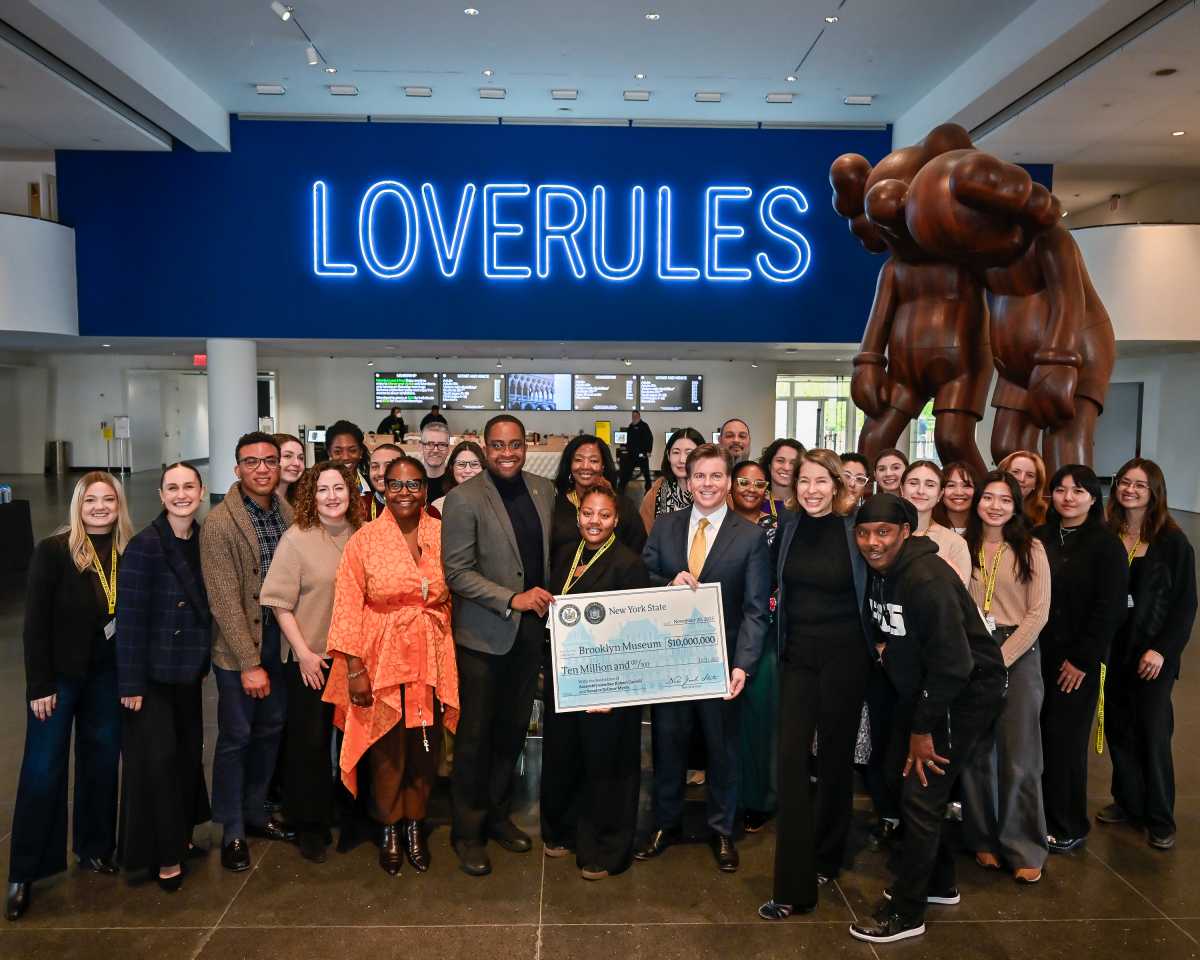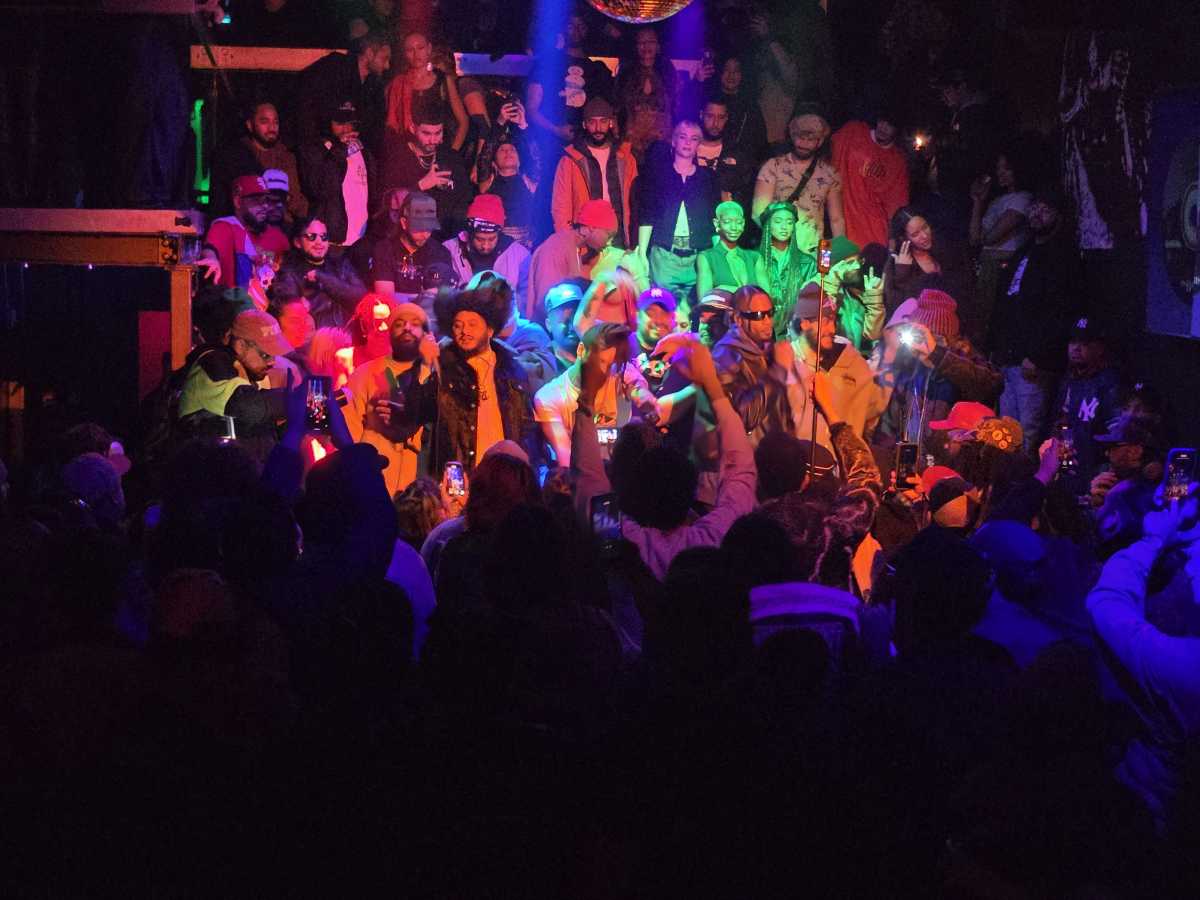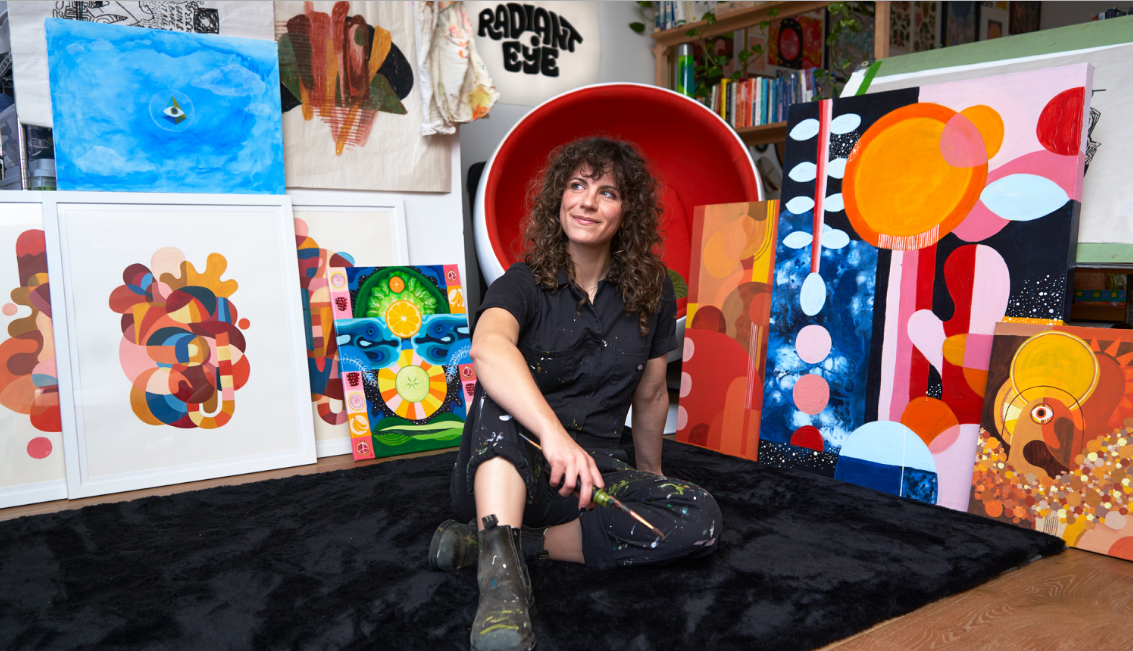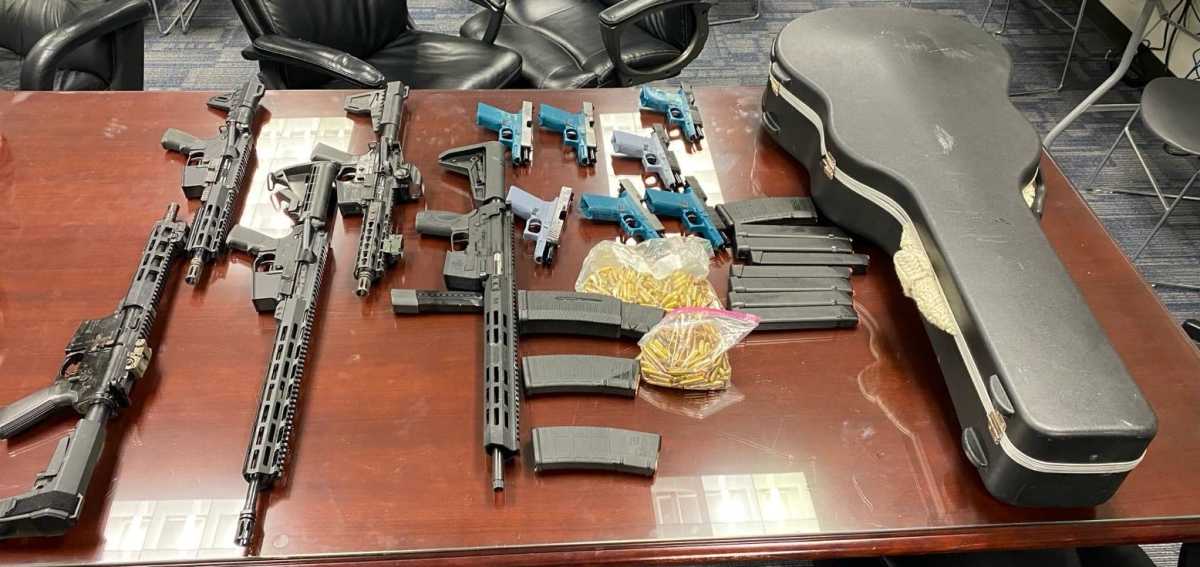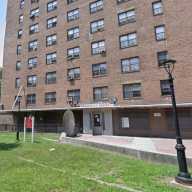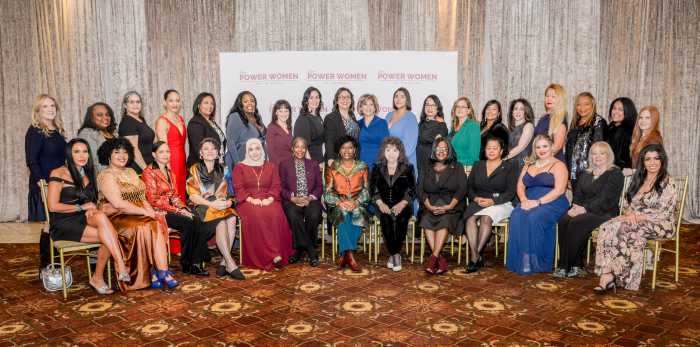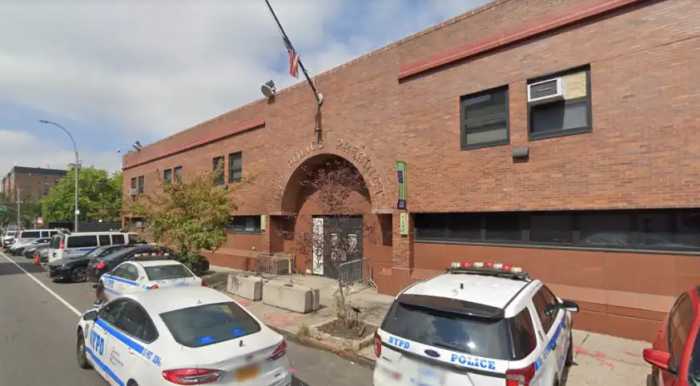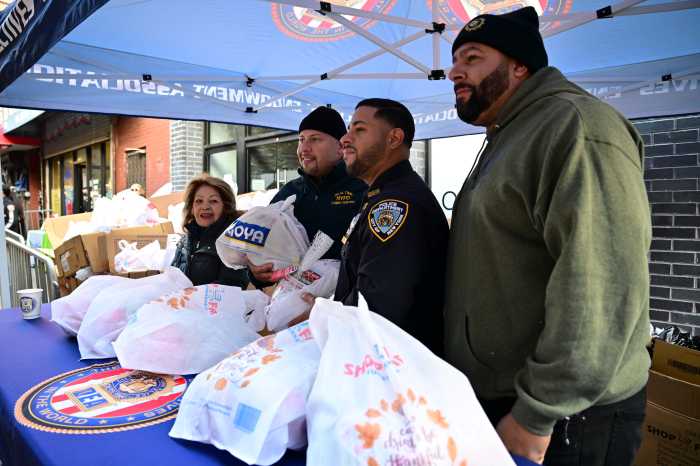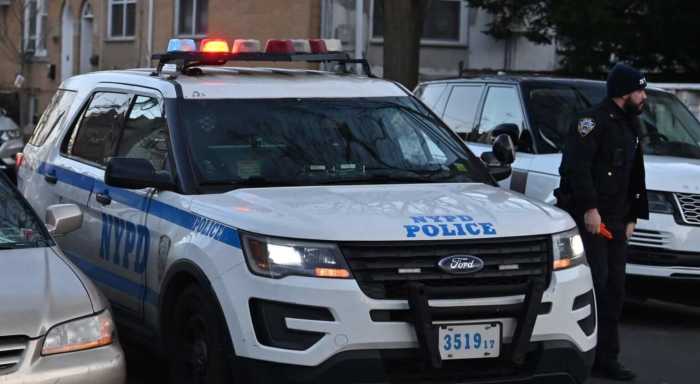The rideshare giant Uber is now dispatching yellow taxis to some of its New York City customers who use its app, cementing an unlikely partnership between once-fierce rivals.
Uber has allowed New York customers to request a medallion taxi through its app since 2022. But last week, the company started automatically dispatching taxis to any Big Apple customer requesting an UberX (the company’s standard offering), provided a cab is closer than a car being driven for Uber, reps for the company exclusively revealed to amNewYork Metro.
Customers are notified if they are “matched” with a taxi and can still reject the ride if they are inclined to Uber’s traditional black cars. But the San Francisco-based company says the move makes for a faster and more efficient dispatch system for users and reduces time spent cruising without a fare for drivers.
The company also suspects it might potentially be a money-saver for riders in the long term. The Traffic Mobility Review Board is presently deliberating the rules, rates, and exemptions for New York’s congestion pricing program, which will charge tolls on motorists entering Manhattan below 60th Street starting next year — and both taxi and rideshare drivers are among the many groups seeking exemptions.
If the TMRB opts to exempt taxis but not other for-hire vehicles, as Uber suspects it might, a cab would unequivocally become a cheaper option to enter the central business district than an Uber.
“Riders in NYC may be matched with a taxi for an even faster pickup, and, down the line, if New York decides it would rather see passengers in yellow taxis than black Toyotas, the value of this option will shift from offering riders the fastest available car, to the cheapest,” said Josh Gold, Uber’s senior director of public policy.
The program is the result of Uber’s partnership with Curb and Arro, both apps through which users can summon a medallion taxi like other app-based rides. Under the Taxi & Limousine Commission’s “Flexible Fare” pilot, cab customers can see the fare upfront before making a purchase, like in an Uber or Lyft.
For drivers, payment is based on Uber’s pricing structure that follows the TLC’s per-trip rates, rather than the meter traditionally used by yellow cabs.
Uber is the largest platform dispatching rides by the city’s more than 100,000 for-hire vehicles, which dwarfs the approximately 13,000 yellow taxis. The rise of Uber in the city during the 2010s coincided with the decline of yellow cabs, which now complete a considerably smaller number of trips than they did a decade ago.
Uber’s rise to dominance also came at an especially bad time for drivers, as the city and lenders had inflated the price of taxi medallions to astronomical levels. Uber’s disruption of what was once effectively a monopoly caused the value of a medallion to plummet, sending the mostly immigrant drivers who invested in them deep into debt, and many into bankruptcy and even suicide.
After years of negotiations and a hunger strike at City Hall, the TLC launched its Medallion Relief Program that capped total debt and monthly payments; it so far has discharged hundreds of millions of dollars in debt.
That fraught history between Uber and the taxi industry makes the partnership between them particularly remarkable.
“We are excited about any proposal to more easily connect passengers with taxis and will continue to monitor this partnership between Uber and the taxi apps and ensuring it complies with TLC rules,” said TLC spokesperson James Parziale.
But taxi drivers haven’t been so keen on the rates they get picking up fares through the apps, said Bhairavi Desai, head of the New York Taxi Workers Alliance, a union repping some 20,000 cabbies and FHV drivers.
Fares are usually pretty similar, the TLC found in a report on its flex fare pilot, but Desai said that e-hails pay below a traditional meter rate, as Uber takes a fee from every ride and expenses are typically higher in cabs than FHVs. The report found that drivers take home between 20% less and 4% more per flex fare than on meter rides.
“Regardless of how much a rider is charged, the driver is paid well below the metered rate,” Desai said. “So yellow cab drivers right now lose money on e-hail trips and most drivers do not take them.”
The Taxi Workers Alliance is supporting a City Council bill helmed by Queens lawmaker Shekar Krishnan, which would require apps to pay cabbies the same or more for e-hails as they would get for a metered fare. Desai says the bill “would stop the race to the bottom on drivers’ earnings.”
This story was updated to note Uber users have been able to request taxis since 2022, not 2021.
